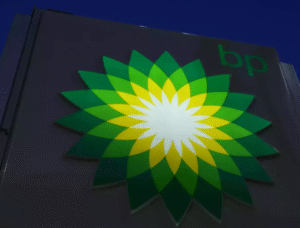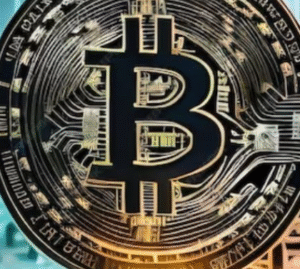$GLD $GDX $BTC
#Gold #GoldMarket #ETFs #StateStreet #Investment #Commodities #Rally #PreciousMetals #Markets #Trading #Finance #MacroEconomics
Gold has been charting an impressive rally recently, yet an unusual dynamic has emerged in this upward trend—exchange-traded funds (ETFs) tied to gold have been conspicuously absent from the momentum. Historically, gold ETFs like State Street’s SPDR Gold Shares ($GLD) and gold miner ETFs such as VanEck Gold Miners ETF ($GDX) have played a significant role in channeling institutional and retail capital into the precious metal. However, the lack of inflows into these ETFs raises questions about the sustainability of gold’s current performance and sets the stage for a potential shift in market flows. State Street analysts, in their latest report, have outlined that a significant comeback of gold ETF inflows could propel prices to a remarkable $3,100 per ounce by 2025, painting a picture of possible outsized gains in the medium term.
State Street’s prediction aligns with the broader macroeconomic environment that continues to support gold. With central banks still adjusting to the lingering effects of high inflation and geopolitical tensions rattling markets, gold has already benefited from its appeal as a safe-haven asset. This trend, however, is missing a crucial pillar—ETF investors. Over the past months, physical gold purchases by central banks have carried much of the weight in the commodity’s price increase. Yet, retail and institutional interest through ETFs has yet to catch up. Once this lag narrows, the additional influx of capital from ETFs could provide a catalyst for larger gains. Such a scenario points to an environment where both physical demand and financial instrument-driven demand reinforce one another, potentially sparking price acceleration.
The projection of $3,100 per ounce for gold by 2025 is not purely speculative. It is based on a confluence of factors, including robust central bank buying, weakening confidence in fiat currencies, and relatively constrained supply growth. Gold has historically served as a hedge during periods of monetary instability, and analysts at State Street argue that the next wave of global liquidity injections by central banks could reignite interest in gold ETFs. Furthermore, a weaker U.S. dollar—a frequent side effect of such monetary expansions—tends to boost gold prices as it becomes cheaper for holders of other currencies to purchase the metal. If ETF inflows stage a comeback during a time of loose monetary policy, it could close the gap between gold’s already strong physical demand and latent financial demand.
Investors may want to monitor ETF inflow data closely in the coming months, as it could serve as a leading indicator for further price movements. Additionally, any shifts in Federal Reserve policy, global central bank actions, or unexpected geopolitical escalations could act as accelerants. As prices continue to edge higher, the relative absence of ETF demand amidst a bullish gold market sets the stage for a significant influx of capital, should institutional and retail investors decide to pile back in. For those tracking precious metals, the opportunity could represent both a hedge against macroeconomic uncertainty and a play on potential upside, driven by renewed interest in gold ETFs.







Comments are closed.